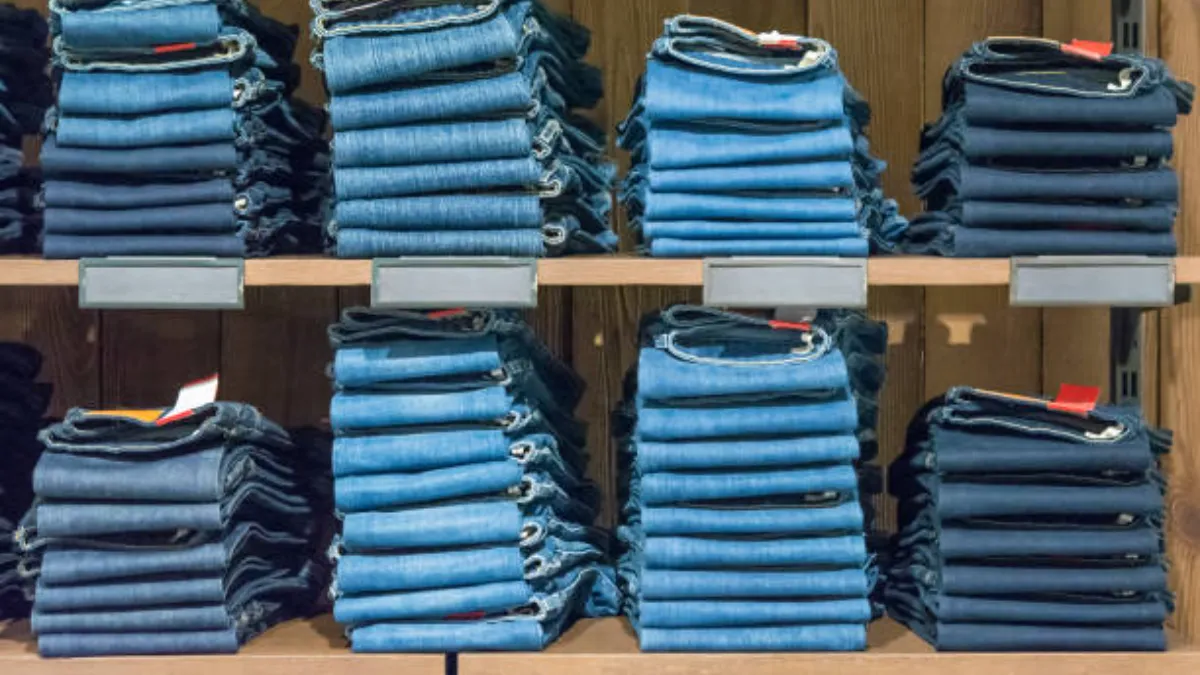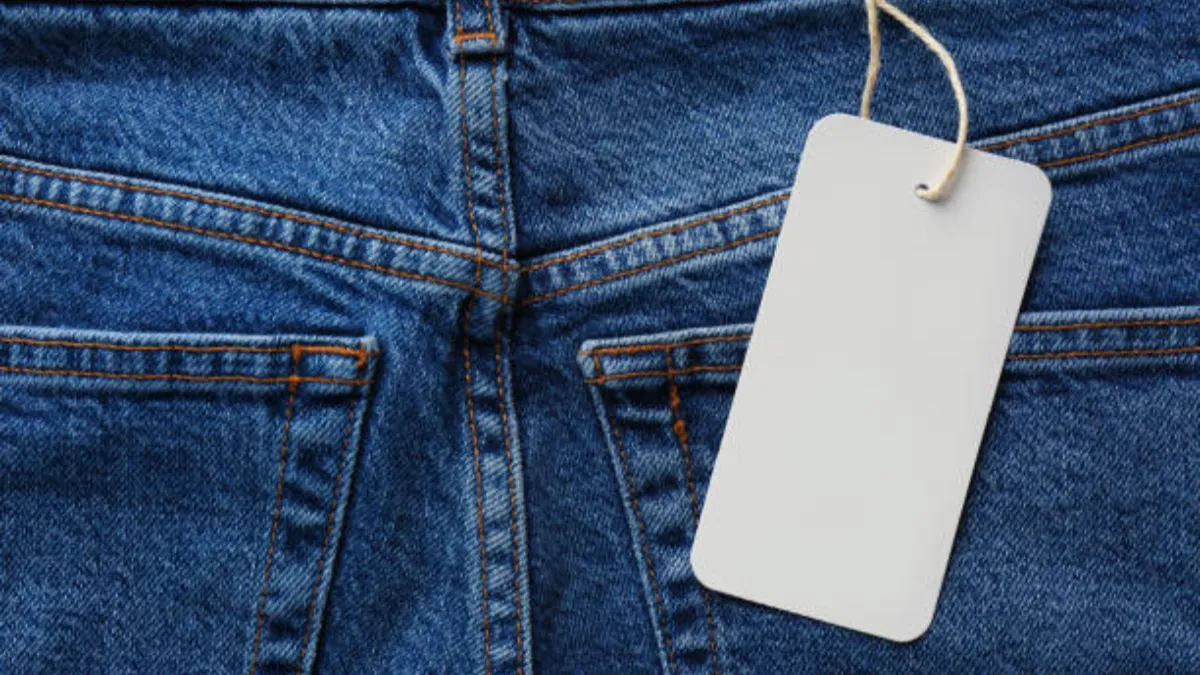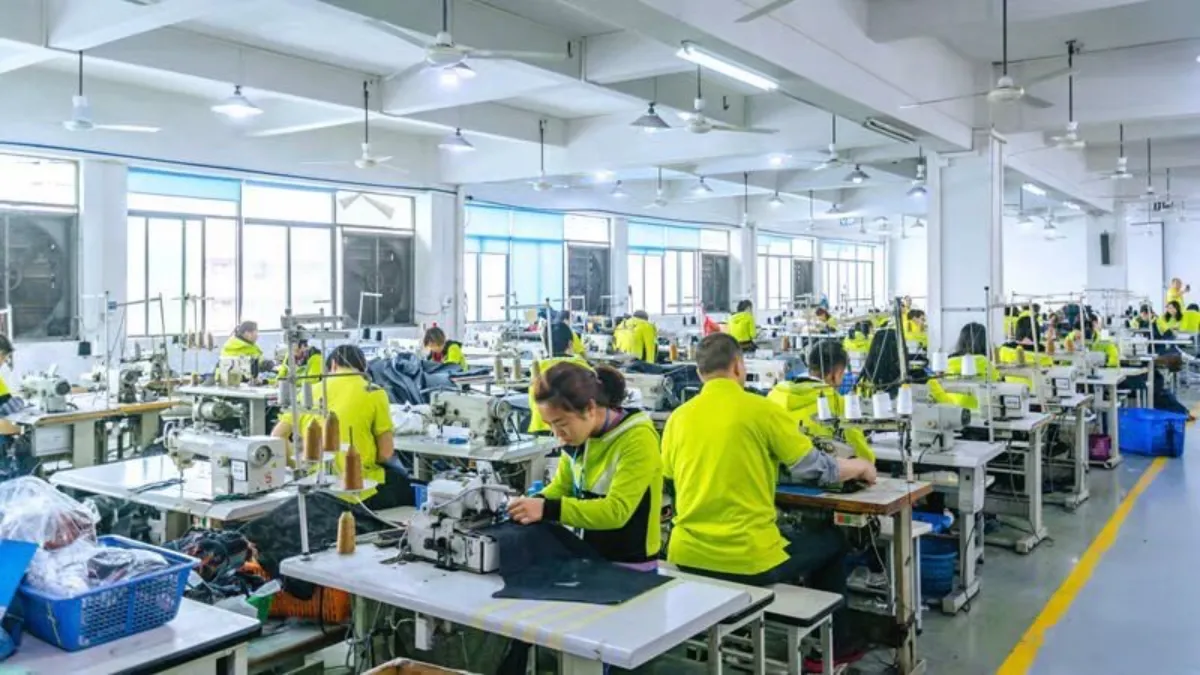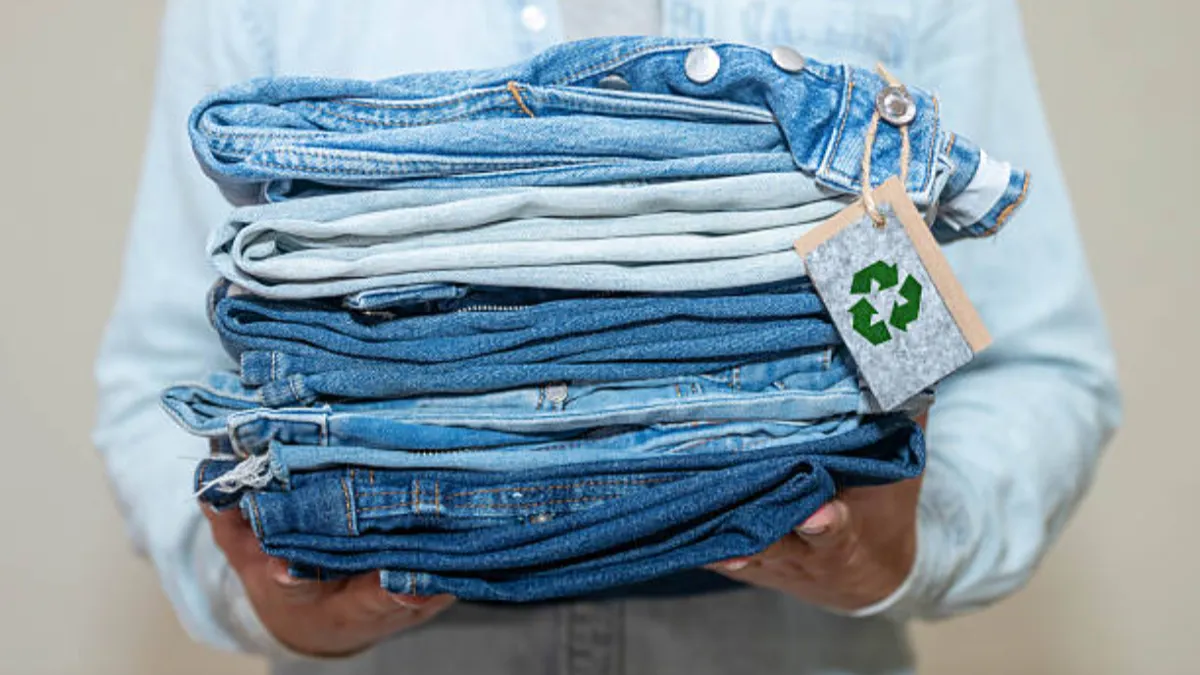Et le jean Changhong, we take pride in using Better Cotton (BCI cotton) across our denim collections. This reflects our ongoing commitment to responsible sourcing, quality craftsmanship, and sustainable growth. By choosing BCI cotton, we support better farming practices that protect the environment and improve the livelihoods of cotton-growing communities—while delivering durable, stylish denim our partners and customers can trust.
Dans cet article, we’ll explain what BCI cotton really means, why it matters for your brand, and how to integrate it into your sourcing strategy with confidence.
What Is BCI Cotton?
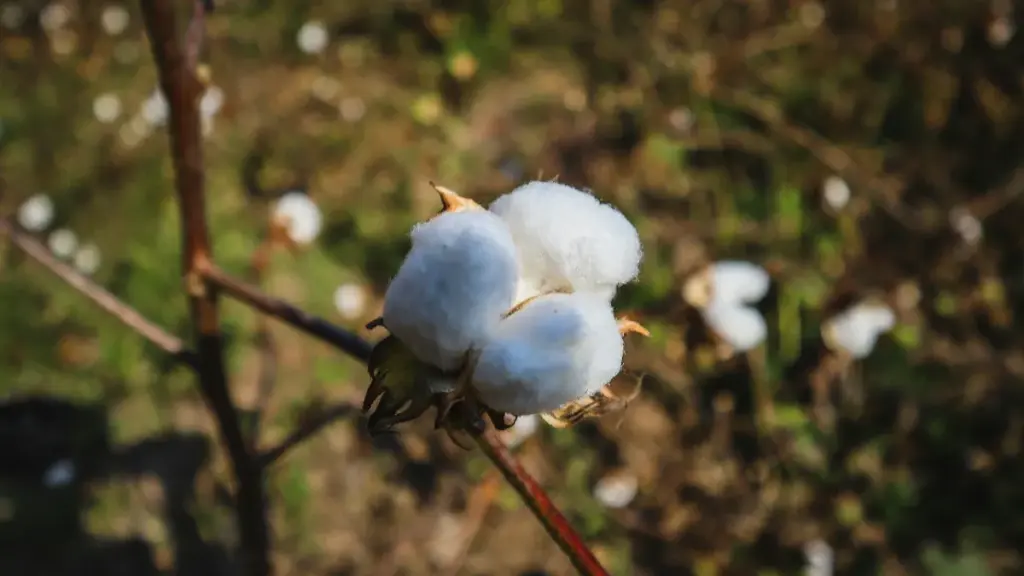
BCI cotton stands for Better Cotton Initiative cotton, a global program that promotes more sustainable cotton farming. Its goal is to improve cotton production for the environment, for the farmers, and for the future of the textile industry.
BCI operates on six core principles that guide farmers toward more sustainable practices:
- Effective farm management and record-keeping
- Responsible use of water and soil health
- Integrated pest management to reduce chemical dependence
- Fiber quality preservation
- Decent work conditions and labor rights
- Sustainable livelihoods for farming communities
Unlike organic cotton, BCI cotton allows the use of genetically modified seeds and synthetic fertilizers, but with strict control over hazardous chemicals. This makes it a scalable and cost-effective option for denim brands aiming to be more sustainable without compromising quality.
How BCI Cotton Supports Sustainable Denim Production
Let’s break down what that means for the planet, the people behind your fabric, and your bottom line.
On the environmental front, BCI cotton delivers tangible wins. Farmers trained under BCI standards use fewer hazardous pesticides, which means less chemical runoff poisoning soil and water. Water management improves too—better irrigation practices save this precious resource. Au fil du temps, healthier soil practices build resilience, so the land can keep producing quality cotton season after season.
The social impact is equally powerful. BCI standards prioritize worker safety and fair labor conditions, so the people growing your cotton aren’t exposed to dangerous chemicals or exploited. Farming communities gain access to training and resources, empowering them to improve their livelihoods and build sustainable futures.
Economically, BCI cotton is designed for scale. It’s not a niche, small-batch option—it’s a mainstream standard that works for large-scale production. While there may be a slight premium compared to conventional cotton, it’s far more accessible than fully organic alternatives, making it a practical choice for brands ready to commit to sustainability without breaking the bank.
Source BCI Cotton from Verified Suppliers
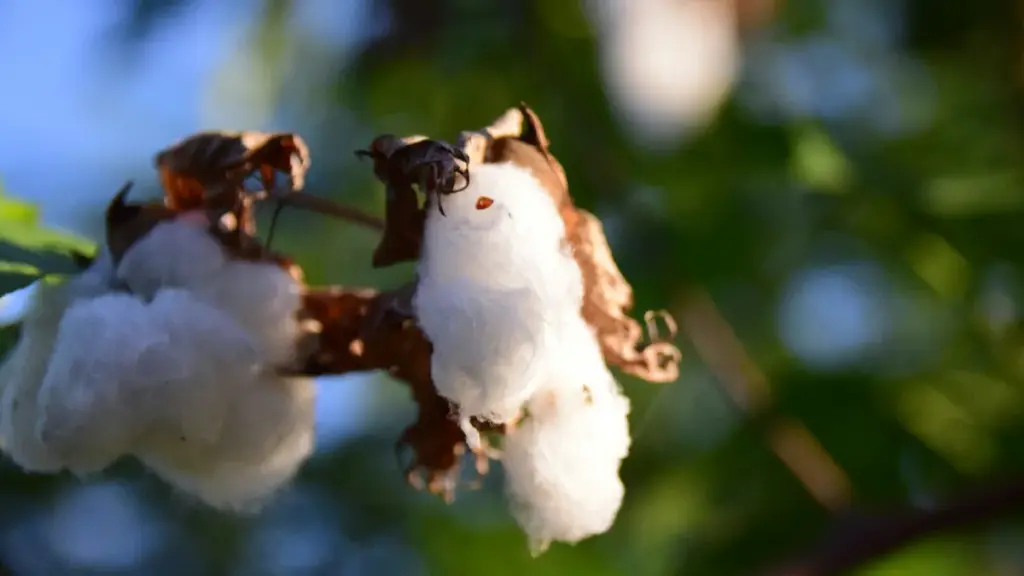
You’ve committed to BCI cotton—now it’s time to bring that commitment into your supply chain. The key is finding suppliers who hold valid BCI licenses and can prove their cotton meets the standards. Look for partners who provide clear certification documentation and can walk you through their mass balance processes.
Transparency is what separates good intentions from real impact. To meet your corporate social responsibility goals, you need suppliers who:
- Share audit reports and licensing details openly
- Provide traceability data for each shipment
- Maintain consistent communication about their farming communities and environmental practices
When you build these relationships, you’re not just buying cotton—you’re investing in a supply chain that aligns with your brand’s values and resonates with conscious consumers.
Tailor Your Denim with Expert Craftsmanship
Partner with Changhong for fully customizable, sustainable denim manufacturing. Benefit from low minimums, extensive style options, and integrated production that brings your brand’s vision to life.
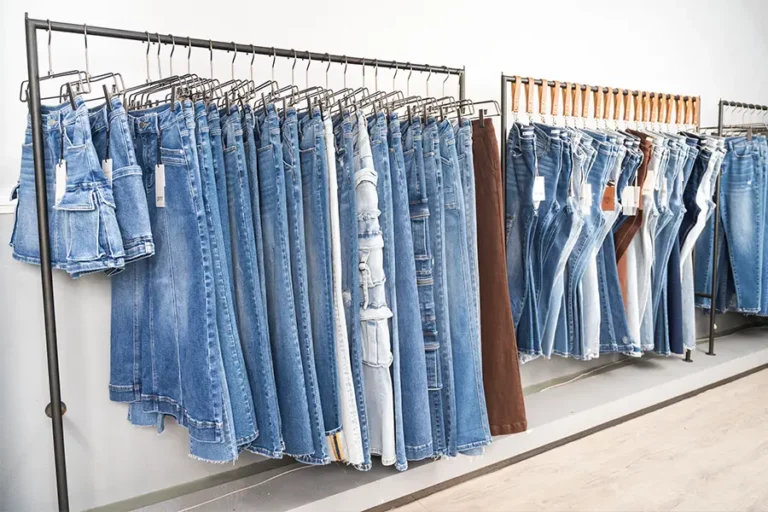
How to Integrate BCI Cotton into Your Denim Collection?
Once your supply of BCI cotton is secured, the next step is to bring it into your product line with purpose and consistency.
- Specify BCI in every fabric order. Clearly list BCI certification, target BCI volume, and required test reports so suppliers know quality and traceability expectations.
- Confirm material performance with mills. Ask your fabric mill for yarn counts, tensile strength, and shrinkage data on the BCI blend. Request pilot rolls for lab testing so you can confirm that the fabric meets your fit, durabilité, and dyeing requirements.
- Adapt finishing and wash plans with process partners. Work with finishing and wash houses to test how the BCI-containing fabric responds to your planned treatments (vintage wash, enzyme finish, stretch finishes). Adjust wash formulas and cycle times based on test results to preserve fabric integrity and color.
- Document certification and label clearly. Keep supplier BCI licenses and mass-balance records on file. Use hangtags, care labels, or QR codes to explain the BCI claim and provide transparency to buyers.
How to Measure and Communicate Your Sustainability Impact?
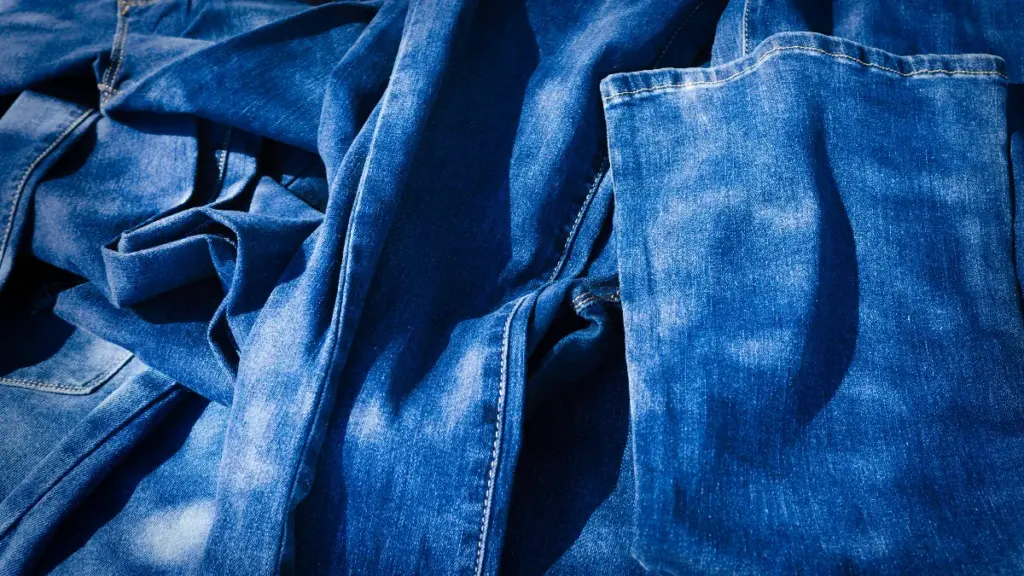
Start by monitoring key metrics tied to your BCI purchases: water savings per ton of cotton, reductions in pesticide toxicity, and improvements in farmer livelihoods. BCI provides member brands with access to data dashboards and annual impact reports, so you’re not flying blind.
When you report this impact, be transparent. Include the numbers in your sustainability reports and share them in customer-facing materials—people want to know their purchases matter. Explain how much BCI cotton you sourced, what environmental benefits it generated, and how it improved working conditions in farming communities.
Align your reporting with the Sustainable Development Goals (SDGs) and your broader corporate social responsibility strategy. BCI cotton directly supports goals like responsible consumption (SDG 12), decent work (SDG 8), and climate action (SDG 13). By framing your impact this way, you’re not just ticking boxes—you’re showing leadership and building trust with stakeholders who care about genuine progress.
Conseils d'experts & Common Mistakes
Let’s walk through the most common pitfalls and how to avoid them, so you can confidently integrate sustainable cotton into your supply chain.
| Erreur courante | Why It Happens | Expert Solution |
|---|---|---|
| Confusing BCI cotton with 100% organic cotton | BCI allows synthetic fertilizers and GM cotton, which organic standards don’t. The mass balance system can also be misleading. | Understand that BCI focuses on sustainable farming practices, not organic certification. Communicate accurately about your sustainability claims and educate your customers on the difference. |
| Failing to verify supplier certifications | It’s tempting to trust suppliers at face value, but without documentation, you risk greenwashing accusations and reputational damage. | Require documented proof of BCI licensing from every supplier. Regularly audit your supply chain partners and maintain transparent records to back up your sustainability commitments. |
| Underestimating the need for internal sustainability training | Teams may not fully grasp BCI standards or how to communicate them effectively, leading to inconsistent messaging and missed opportunities. | Educate your staff on sustainability standards and supply chain transparency from the start. This empowers everyone to make informed decisions and strengthens your brand’s credibility. |
Your Path to Sustainable Denim Starts Here
Ready to take the next step? Consider partnering with experienced manufacturers like Changhong, who understand the nuances of sustainable jean en jean production and can help you turn your eco-friendly vision into reality. Your commitment to better cotton today shapes a healthier industry tomorrow.
Frequently Asked Questions About BCI Cotton
Is BCI cotton the same as organic cotton?
Non, BCI cotton isn’t organic. BCI allows GM cotton and synthetic fertilizers but encourages safer pesticide use and better farming practices, making it a practical middle ground for large-scale sustainable sourcing.
How does BCI improve environmental and farmer conditions?
BCI trains farmers in water-efficient irrigation, integrated pest management, and safer chemical use. This leads to reduced pesticide toxicity, better soil health, and improved labor conditions across over 20 countries.
Can products claim to be ‘100% BCI Cotton’?
Not exactly. BCI uses a mass balance system, so your product may contain a mix of BCI and conventional cotton. An equivalent amount of BCI cotton was produced to support your purchase, but it’s not physically separated.
Is BCI cotton more expensive than conventional cotton?
Pricing is typically similar to conventional cotton, sometimes slightly higher due to certification costs. It’s far more affordable than organic cotton, making it accessible for brands scaling sustainable sourcing.
How can a brand start using BCI cotton in their supply chain?
Connect with BCI-licensed suppliers or join the Better Cotton Initiative as a member. You’ll gain access to their global network of farmers and mills, plus the tools to track and report your sustainable cotton usage.


